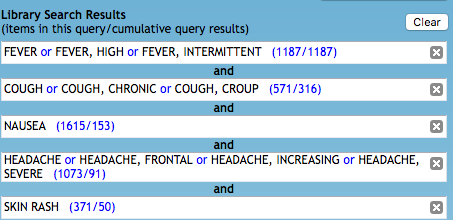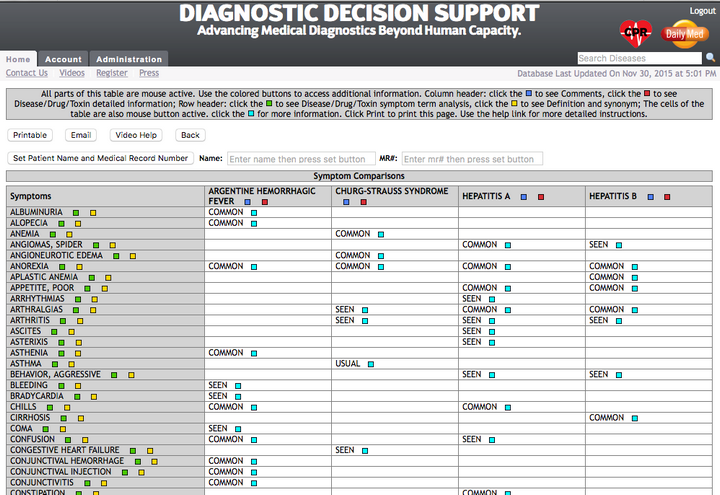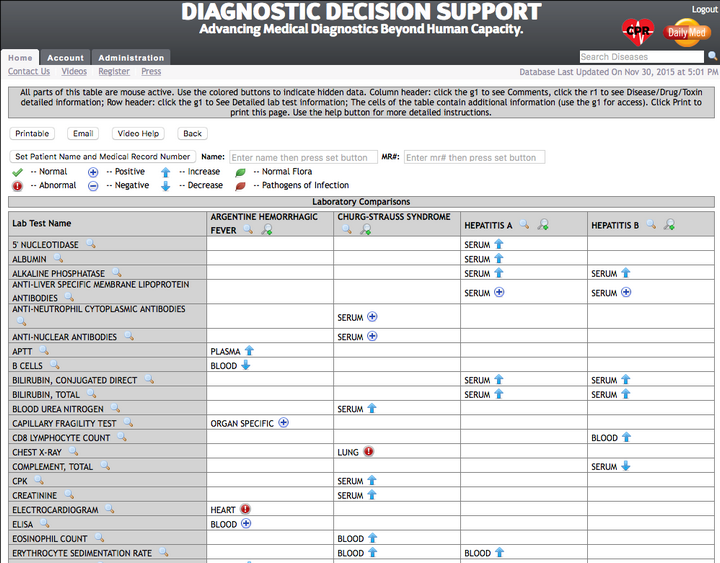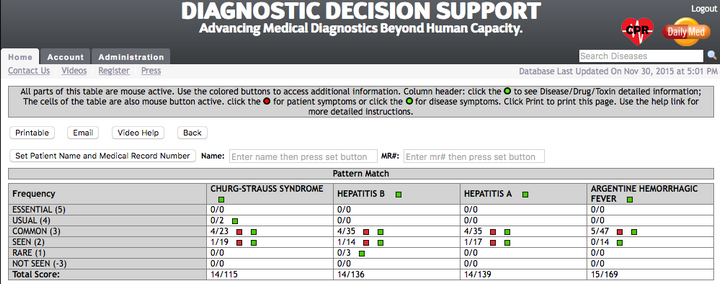Too many doctors have lost hope. Their view of the practice of medicine has changed drastically in the last ten years. They started with a passion to make a difference in the world, to make positive impacts on the health and well-being of their patients. They hoped that their practice of medicine would be preventive, instead of reactive. Heck, some even dreamt of saving lives! The relationship between a doctor and a patient is supposed to be personal, intimate, and, dare I say, enjoyable. But that’s rarely what doctors and patients experience nowadays.
Some of the biggest complaints I hear from patients today are that:
- They wait for hours to see the doctor, but the visit itself lasts less than five minutes.
- The doctor seems preoccupied with a new electronic medical record system and is often glued to a computer screen.
- The computer injects limitations and roadblocks to needed drugs and procedures, which must be approved by an invisible third party.
- The doctor seems overbooked and overworked, with no time for a really personal relationship.
- There always seems to be an issue with insurance or with uncovered costs.
Who is to blame for the healthcare sinkhole we’re in? Today, big insurance and big government run the healthcare delivery system. Though it isn’t set up to allow doctors to do what they do best—diagnose diseases, plan treatment, help educate patients—if physicians want to practice medicine, then they’re forced to comply and cooperate.
You see, between private insurance companies and Obamacare, doctors are met with endless red tape, complex coding, restrictions, rules, paperwork…. Unless they jump through every hoop, they won’t get paid. With all of the extra effort and attention regulations require, doctors have little time and energy left over to devote to what they truly care about—their patients!
Is there an end in sight to such a debilitating “meaningful abuse” of the healthcare system and its medical professionals? Is there a light at the end of the tunnel that isn’t an oncoming train? Is there a path forward that offers any acceptable option?
Yes there is!
First, the healthcare industry is bloated with massive electronic medical record (EMR) systems that consume far too much clerical time. These can be modernized with intelligent software that simplifies the documentation process and adds diagnostic support tools to expedite patient care. These tools already exist and are operational in an intelligent EMR. To learn more, read
this summary of the capabilities of an intelligent EMR.
The overload of the human brain is evident in malpractice litigation. Failure to diagnose and failure to order tests to diagnose are two of the most frequent complaints named in medical lawsuits. Are there tools that can assist the human brain to work on complicated medical cases and can provide quality content for physician applications? Yes, and they’re available on any Internet-enabled device, anywhere on the planet.
Dxconcur.com is a new professional diagnostic support system that handles both symptoms and lab results. It references over 18,000 causes of human illness and connects them to videos, anatomical drawings, flowcharts, and treatment options. The knowledge base is updated monthly, and its source material comes only from gold-standard journals and texts.
Not only can you perform a lexical analysis of a complex case, but embedded in the system are sophisticated graphics that will allow pattern matching and direct comparisons of symptoms, lab results, and case analyses. Let’s take a sample case of a patient with: fever, cough, nausea, headache, and skin rash. We can even add lab results to the query data, in order to generate a broader range of medical possiblities.

There are 50 diagnostic potentials with the addition of skin rash. I have selected four to demonstrate Dxconcur’s advanced decision support tools. Could you yourself quickly compare these four diseases and show a tabular display of the data? Likely not, but Dxconcur can.

If I need a symptom comparison, the system shows a complete listing (though only a partial list is shown here for our example):

Or if I need a lab comparison, the system shows a complete listing (though only a partial list is shown here for our example):

Or what if I need a case analysis? Again, the system shows a complete listing (though only a partial list is shown here for our example):

Still again, what if I need a pattern match? Once more, the system shows a complete listing:

The best news about Dxconcur is that its advanced technology is free for the first 24 hours. Try out the software and see what you think. Once you’re convinced of its power and ease, a year’s subscription to Dxconcur is only one-third the price of a typical medical textbook. And it will never need to be replaced. Your subscription travels with you on your phone, tablet, or computer. You can email and print pages of data/reports and use this for existing EMRs that have no obvious interface. The knowledge and databases that powers this diagnostic tool at Dxconcur can be embedded in any existing EMR and totally change the performance of that system. Learn more about the coming
convergence of medicine and digital intelligence.
In addition, the company that built this massive relational medical database is working on an avatar that someday soon will help support your practice by performing many of the tedious documentation jobs now required of you. Bureaucracy and technology are changing how things are done in many areas of our lives, and medicine is no exception.
Click here
to learn more about how medical avatars will change the physician’s practice.
Try KQImed’s lexical diagnostic engine for a day, for free. There’s absolutely no risk or obligation. We’re convinced that Dxconcur and our EMR databases can help restore your vision for what medical practice can—and should—be.
Register now at
dxconcur.com